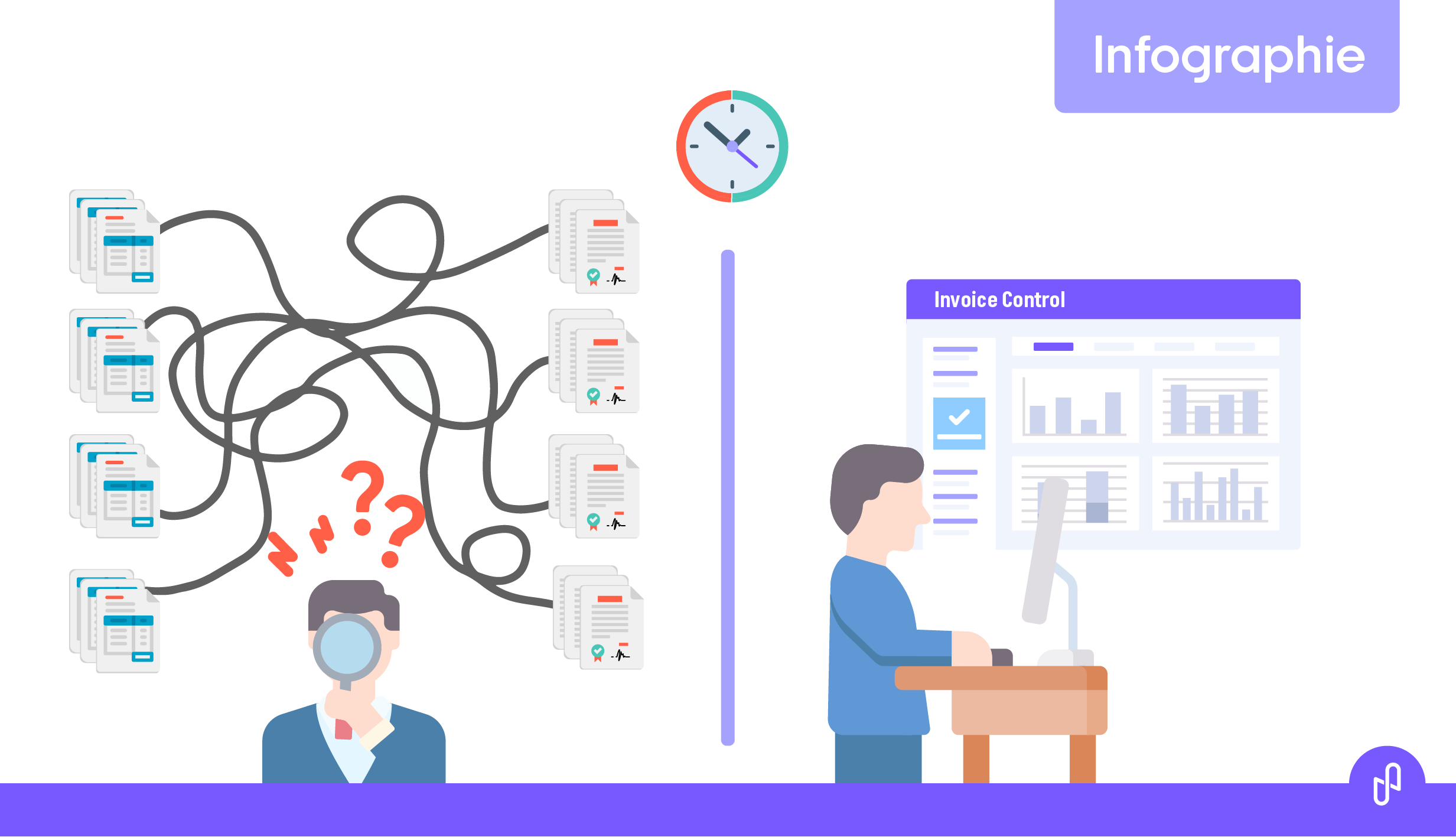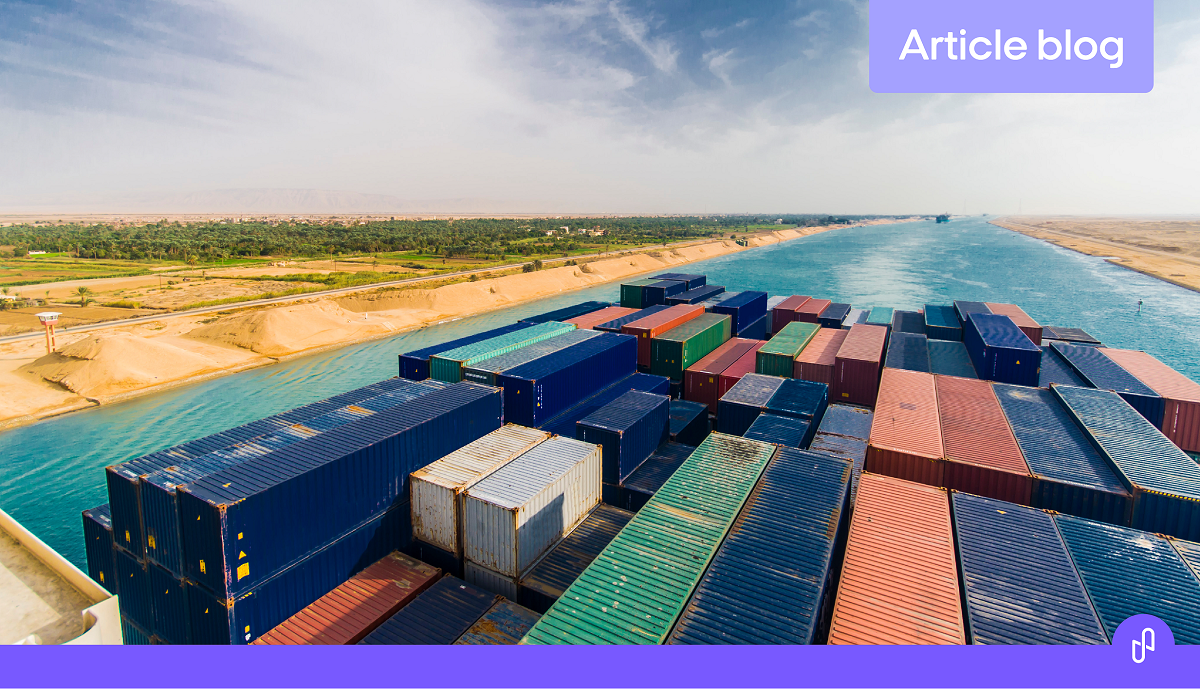
There is so much to be said about how much freight transport contributes to global warming. The sector accounts for about 10% of global emissions and will probably continue along an upward trajectory despite cleaner motorizations. Two factors explain this trend: a growing heterogeneity in last mile deliveries (due to e-commerce) and the extension of supply chains (halted by the COVID crisis but only temporarily).
Is there a way out of this situation? Policies and regulations would undoubtedly help but other levers could be explored. Technical advances in vehicles will not be enough, as pointed out by the OECD projections. Neither is the adoption of alternative energy which level of supply is insufficient due to limited production and transport capacities. The subject is urgent, and it would be irresponsible to wait for a quick fix or an economically viable solution to pop up.
Shippers can play their part in the low-carbon transport transition… under certain conditions.
Shippers most certainly have the ability to drive things forward thanks to their unique position. As clients, they can give their service providers powerful incentives. It is not about shippers offloading their responsibilities to their freight forwarders, but shippers are, along with any 3/4PLs working on their behalf, the only ones who – in principle – have an overview of their transportation activities, and thus of their environmental performance.
This vision is essential for making the right observations and decisions, at least on paper. In practice, shippers are rarely able to take advantage of their “privileged” position. For a long time, it was due to a lack of will but the spread in climate change awareness – especially amongst their consumers – might change the story.
However, shippers rarely have the proper means and tools to understand and improve their carbon performance. But if they go digital in the right way, these limitations can be solved.
The neverending challenge of transport data
The subject which always comes up when talking about transport optimization is data. To monitor and control one’s transport emissions, it is indeed necessary to be able to calculate these emissions – or to make a realistic estimate. This is a delicate task, which involves many variables.
- Which mode of transport is used?
- Which type of engine?
- What is the distance covered?
- Which type and level of service: parcel services? LTL ? Express ? From these types emerge various operating schemes.
In short, the calculation of GHG emissions is like transport itself: complex.
Moreover, it is well known that transport data is generally of poor quality, unreliable and very heterogeneous due to a wide variety of tools and a great number of stakeholders.
We might think that carriers could do the calculation themselves, making thus the analysis much easier. In France, it is now an obligation. Unfortunately, due to divergent methodologies and nomenclatures, we once again find ourselves at the end of the chain with heterogeneous data that is neither consolidatable nor comparable as it stands.
Taking up this double challenge – overcoming the complexity of flows and continuously processing unusable data – requires specific calculation tools. They must be able to:
- standardize heterogeneous data,
- integrate all the subtleties mentioned above (mode, motorization, type, pattern, distances traveled, etc.) In many cases, the information is not necessarily accessible (since it is held by carriers) so the tool must be able to model certain factors, such as transport networks – which also contributes to their homogenization.
Understanding, managing and analyzing GHG emissions: a necessary prerequisite
Once the data has been standardized and consolidated, calculations can be performed. It is then time to render the information in an appropriate manner, which allows:
- The analysis of the performance: which carrier is the biggest contributor? Which transport type? For which departure location? Which day of the week? Why?
- The diagnosis of the performance (supported by metrics),
- The definition of realistic reduction objectives,
- The identification of areas and measures of improvement to reach them,
- The monitoring of the impacts of the measures taken.
Thanks to dynamic dashboards, the key components of the carbon performance can be explored in a few clicks.
The approach to creating such dashboards is similar to other dashboards (e.g. a costs analysis dashboard), but requires a know-how in terms of transport GHG emissions which is still much less developed within companies.
Driving the low-carbon transition in transport: impossible without simulation
Once the activities have been thoroughly monitored and the most promising ways of reducing emissions have been identified, decision-makers still find themselves quite helpless. Ideas remain as such as long as their potential effects are not anticipated or predicted. This is especially true for the carbon impact of transport.
Simulations and predictions are key. To engage in structural optimization – switching carriers, transport segments, departure locations – some questions are to be answered beforehand:
- Which this best scenario?
- By how much will it reduce my GHG emissions?
Predicting alternatives consists in playing with numerous variables – lead time, costs, shipping profiles. Here again, the data quality is crucial.
In other words, it is impossible for a company to take concrete, thoughtful and concerted action on its transport GHG emissions without having powerful digital tools at hand. Such tools must cover the triad described above of calculation, piloting and simulation. They must do so in a context that is doubly complicated: climate emergency and economic crisis. We therefore need to move quickly using cost effective and quick to deploy solutions. Such technology and expertise exist. All we need is to combine the two under the right conditions.
Measure the carbon footprint of your freight🌱
With the Carbon module, Sightness helps shippers reduce the carbon impact of their freight transport. Its calculator gives a precise measure of GHG emissions, the first step of a solid decarbonization strategy.
Learn more about Carbon




